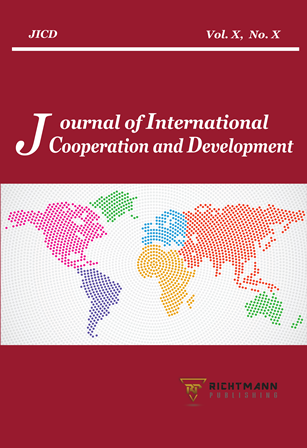Does Unemployment Still Follow Hysteresis Hypothesis in Nigeria? Evidence from Linear and Nonlinear Unit Root Test Methods
DOI:
https://doi.org/10.36941/jicd-2020-0007Keywords:
Unemployment, Unemployment Hysteresis Hypothesis, Unit Root TestsAbstract
In the face of persistent rise in unemployment figure in Nigeria, this study re-examines the unemployment hysteresis hypothesis by deploying both linear and nonlinear unit root estimation techniques. Using Nigerian unemployment rate data from 1970 to 2017, evidence from the adopted unit toot test techniques, except the quantile unit root test, showed that unemployment hysteresis hypothesis holds in Nigeria. This implies that when a shock that affects unemployment occurs, there is a high tendency that the effect would be permanent. However, the finding from the quantile unit root test sheds light on the need for a timely policy response. If the policy interventions such as fiscal policy and other forms of policies are taken regularly, especially at every quarter, the tendency for unemployment to revert to its pre-shock state is high.
Downloads
Downloads
Published
Issue
Section
License
This work is licensed under a Creative Commons Attribution-NonCommercial 4.0 International License.








